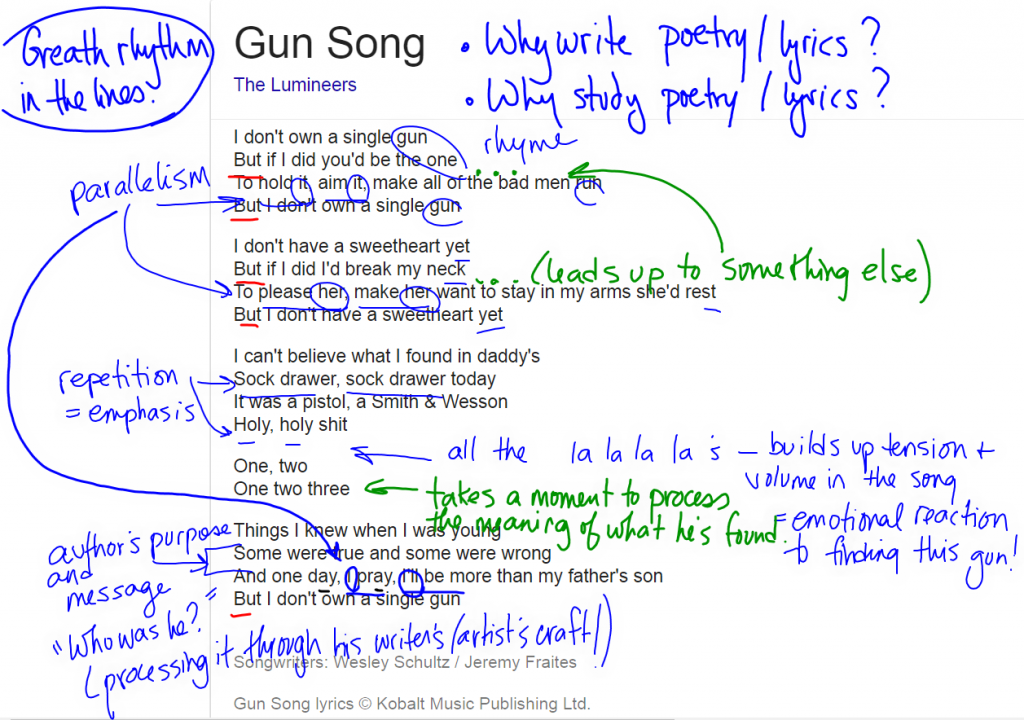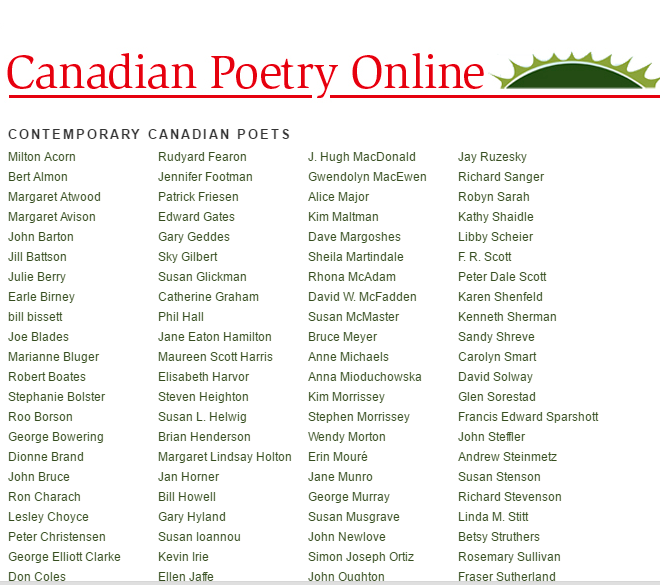ELA A30 B9 Expressions of the Land
- Listening to Canadian Poetry Samples: Poetry can cover all sorts of topics and experiences, but in this section you’ll read poems that are grounded in an experience or perspective of the landscape, nothing else.
Depending on your experience with poetry, you may have encountered some particular poems you really enjoyed or others you just didn’t get. It’s interesting to realize poems can be about any topic, even some surprising ones.
Below are two poems written by Canadian author Al Purdy: one is narrated by the author himself and the other was developed into a performance video and partially narrated by Canadian singer Gord Downie. The topics of these aren’t maybe what you’d expect!
Audio file: “Homemade Beer” – you can follow along with the written poem on your handout cover page.
The “yellow flowers” in this poem aren’t like the ones you’ll typically find in poetry.
- Before Reading Activity: Draw out the scenery you picture while listening to the loons call out.
- Poem # 1 (Unnamed Poem) Below is the poem read aloud; it may help with your comprehension of it.
- Figurative Language Handout – coloured samples added 2019: includes samples of the types of devices and how to identify them properly
- Poem #2 “Between Two Furious Oceans”(Audio narration of the poem is given below.)


 tner. If you’re not able to finish within a certain amount of time, you’ll be able to complete from home as well.
tner. If you’re not able to finish within a certain amount of time, you’ll be able to complete from home as well.